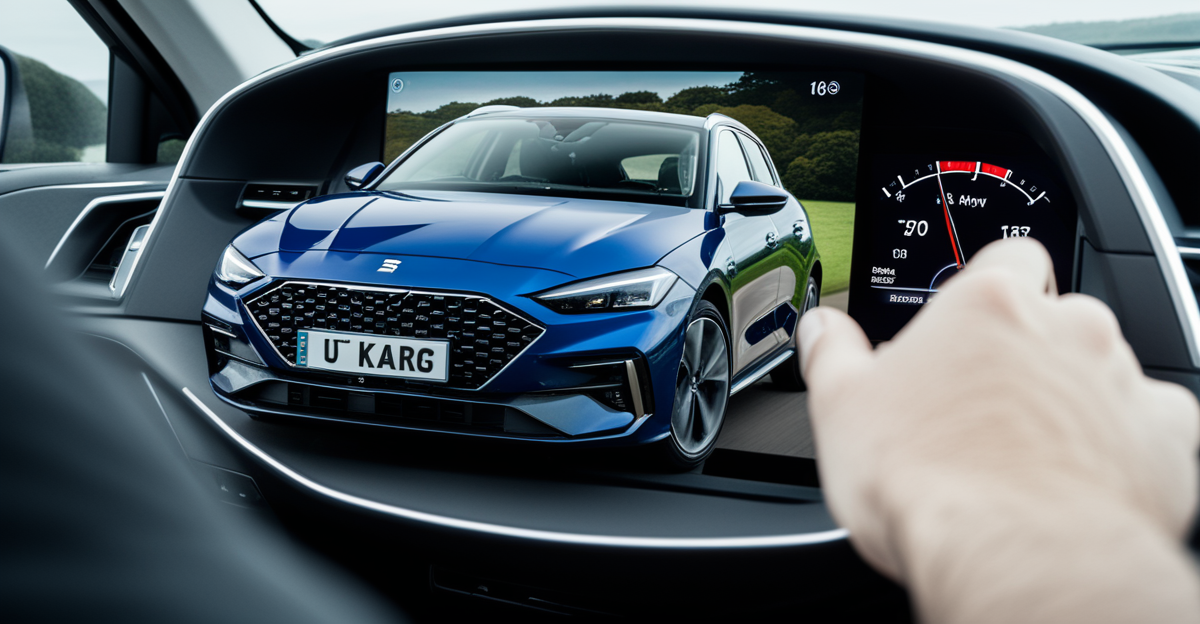Shifts in Vehicle Demand in the UK Post-Pandemic
The UK automotive market trends reveal a clear transformation in consumer preferences after the pandemic. There’s been a marked surge in the post-pandemic vehicle demand for electric vehicles (EVs) and hybrids. This shift reflects growing environmental awareness and government incentives encouraging low-emission cars. Consequently, the demand for traditional petrol and diesel vehicles has notably declined, as buyers increasingly prioritize sustainable mobility options.
Meanwhile, the used car sales sector has experienced significant growth. Supply chain disruptions, particularly affecting new vehicle production, have driven consumers to the used market as an alternative. This surge in used car demand underscores how supply shortages have reshaped purchasing behavior across the UK.
Topic to read : How are UK car dealerships adapting to online sales models?
To summarize, these ongoing UK automotive market trends highlight three key points:
- A steady rise in electric vehicle adoption
- Decreased interest and sales of petrol/diesel cars
- Increased activity and demand within used car sales due to new car shortages.
Such dynamics underscore the rapid evolution within the UK’s automotive landscape, rooted in both consumer choices and supply challenges.
Additional reading : How Will Autonomous Vehicles Impact the Uk Automotive Industry?
Evolving Dealership and Retail Strategies
The UK car dealerships sector has undergone a rapid digital transformation since the pandemic, driven by changes in consumer expectations and the need for more flexible buying options. Digital car buying has become a cornerstone of the industry, with many dealerships integrating online platforms that allow customers to browse, configure, and purchase vehicles entirely through digital channels. This shift directly responds to the growing preference for convenience and safety post-pandemic.
Dealership innovation extends beyond just online sales. UK car dealerships now focus on seamless integration between online and offline experiences, ensuring that consumers can switch easily between virtual showroom visits and physical inspections. Many dealerships offer video consultations, virtual test drives, and digital paperwork processes to streamline sales.
Moreover, new business models such as home delivery and contactless services have gained prominence. Offering vehicle delivery to customers’ homes, sometimes combined with remote handovers, reduces the need for in-person contact and appeals to digitally savvy buyers. By adapting these strategies, UK car dealerships continue shaping a more customer-friendly and efficient market environment.
Navigating Supply Chain Disruptions
The UK auto supply chain remains under strain due to persistent chip shortages, causing significant delays in new vehicle production. These semiconductor deficits directly reduce the availability of new cars, especially models requiring advanced electronics. Manufacturers respond by prioritising production for high-demand segments like electric vehicles and hybrids, aligning with current consumer preferences and post-pandemic vehicle demand trends.
To mitigate these challenges, vehicle producers increasingly adopt local sourcing and flexible inventory management. This approach lessens reliance on distant suppliers, shortens lead times, and enhances adaptability amid ongoing manufacturing disruptions. Such strategies also support rapid shifts in production volumes to match fluctuating market needs.
Consequently, supply chain bottlenecks intensify the appeal of the used car sales market, as consumers face longer waits for new vehicles. This scenario further alters UK automotive market trends by reinforcing the shift towards pre-owned vehicles. Understanding these supply-side factors is crucial for buyers navigating a constrained market, as they influence pricing, availability, and model choices across both new and used vehicle segments.
Government Policies and Industry Support
The UK automotive policy landscape actively encourages the transition toward sustainable transport, playing a pivotal role in shaping post-pandemic vehicle demand. Central to this is a suite of electric vehicle incentives designed to boost electric vehicle adoption. These include grants that reduce the upfront cost of EVs, tax exemptions, and reduced road tolls, making cleaner vehicles more financially accessible for consumers.
Additionally, government initiatives extend to infrastructure enhancements, such as expanding the nationwide network of EV charging stations. This directly addresses range anxiety, a common barrier hindering widespread adoption of electric vehicles. By supporting both vehicle affordability and practical usage, these policies create a favorable environment for the UK automotive market trends toward sustainability.
Post-pandemic government support also involves collaborative efforts with industry players to pilot innovative technologies and sustainable practices. Subsidies for research and development help manufacturers invest confidently in EV technologies and production shifts. This comprehensive policy framework aims to accelerate market adaptation, ensuring that the evolving demands of consumers and environmental goals align effectively within the UK’s automotive sector.
Changing Consumer Priorities and Buying Habits
Consumer demand in the UK is rapidly evolving with a stronger focus on sustainability and eco-friendly mobility solutions. Post-pandemic, buyers prioritize vehicles that align with environmental values, accelerating the shift toward electric cars and hybrids. This aligns closely with broader UK automotive market trends, reflecting heightened awareness of climate impacts and emissions reduction.
Alongside this, consumers show value-conscious purchasing behaviors. With supply chain disruptions causing higher prices and longer wait times, many are extending the lifecycle of their existing vehicles or opting for reliable used car sales. These choices indicate a pragmatic approach, balancing sustainability goals with financial considerations.
Furthermore, post-pandemic consumer trends reveal increased interest in flexible ownership models such as vehicle subscriptions and leasing. These models offer adaptability and lower upfront costs, appealing to buyers uncertain about long-term commitments or those seeking hassle-free access to the latest technology.
In essence, UK car buyer behavior is shifting toward combining eco-friendly preferences with practical, flexible options. This dual emphasis reshapes how manufacturers and dealers approach marketing and product offerings, influencing the entire automotive ecosystem.
Notable Examples and Industry Innovations
The UK automotive market showcases notable innovations that highlight rapid adaptation to evolving trends. One standout area is the launch of new electric vehicle models, with manufacturers responding swiftly to increased post-pandemic vehicle demand for eco-friendly transportation. These new EVs often feature enhanced battery ranges and connected technologies, aligning closely with consumer expectations.
Another innovation is seen in digital-first dealerships and startups, which have revolutionized car buying by prioritizing streamlined online car sales. These platforms integrate virtual showrooms, AI-driven recommendations, and paperless transactions, embodying the broader shift in UK car dealerships toward digital transformation and dealership innovation.
Collaborations and pilot programs focusing on urban mobility also demonstrate market responsiveness. Partnerships between manufacturers, local councils, and tech firms explore shared electric mobility solutions, such as EV car clubs and smart charging infrastructure. These initiatives directly address environmental goals while adapting to evolving consumer behaviors.
Together, these examples illustrate a vibrant, forward-thinking automotive sector in the UK that is both meeting UK automotive market trends and stimulating further innovation through strategic collaboration and technology integration.



